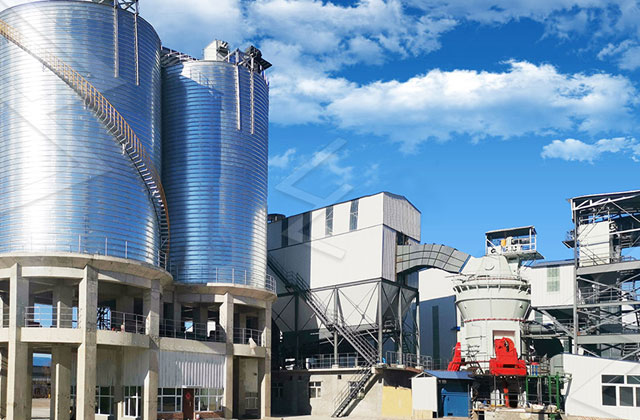A vertical mill is a type of industrial equipment used to grind materials into fine particles, primarily used in the cement production process. It plays a crucial role in cement manufacturing, ensuring the production of high-quality cement. In this article, we will explore the importance of vertical mills in cement production and their impact on cement quality.

Introduction to Vertical Mills in Cement Production:
Vertical mills, also known as vertical roller mills, are grinding mills that utilize rollers to crush and grind materials. They differ from traditional ball mills, which use horizontal cylinders, in terms of their design and operation. Vertical mills have become increasingly popular in the cement industry due to their efficiency, low energy consumption, and ability to produce cement of superior quality.
The Cement Production Process:
Before delving into the role of vertical mills, let’s briefly understand the cement production process. Cement manufacturing involves several key stages:
Mining of Raw Materials: The first step is to extract raw materials such as limestone, clay, shale, and others from quarries or mines.
Raw Material Preparation: The extracted materials are crushed and ground into a fine powder to create a raw mix suitable for cement production.
Clinker Production: The raw mix is heated in a rotary kiln to a high temperature, resulting in the formation of clinker.
Cement Grinding: The clinker, along with gypsum and other additives if required, is finely ground to produce cement.
The Role of Vertical Mills in Cement Quality:
Particle Size Distribution Control: One of the critical factors affecting cement quality is the particle size distribution. Vertical mills offer precise control over particle size distribution due to their efficient grinding mechanism. This results in a more consistent and fine-grained product, ensuring higher strength and better workability of the cement.
High Grinding Efficiency: Vertical mills are designed to achieve high grinding efficiency, leading to reduced energy consumption and lower operating costs. Efficient grinding also minimizes the risk of over-grinding, which can negatively impact cement quality.
Reduced Maintenance: Vertical mills have a simpler design and fewer moving parts compared to traditional ball mills. As a result, they generally require less maintenance, leading to increased uptime and improved overall cement quality.
Separation of Components: Vertical mills use mechanical forces and airflow to efficiently separate different components in the cement mix. This separation prevents re-agglomeration of particles and ensures a more homogeneous product.
Lower Heat Generation: Vertical mills generate less heat during the grinding process, which is beneficial for cement quality. Excessive heat can lead to early setting and reduced strength in the final cement product.
Flexibility in Material Grinding: Vertical mills can handle a wide range of materials, including raw materials with varying moisture content and grindability. This flexibility allows cement manufacturers to adjust their production processes to optimize cement quality based on the available raw materials.
